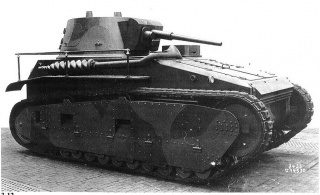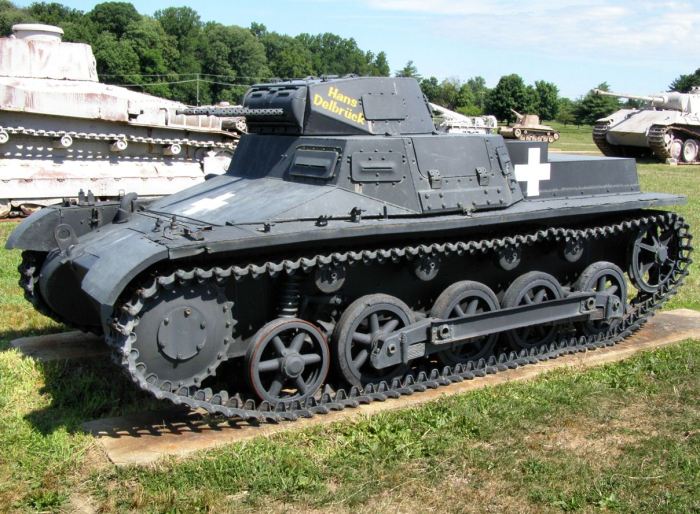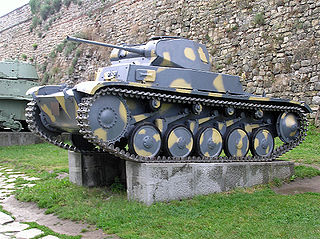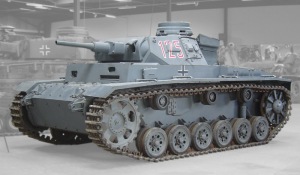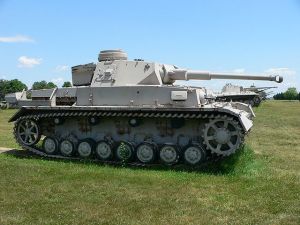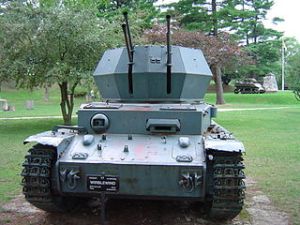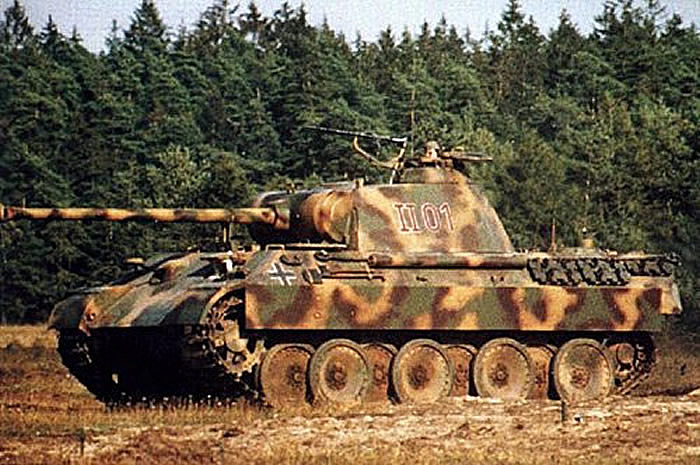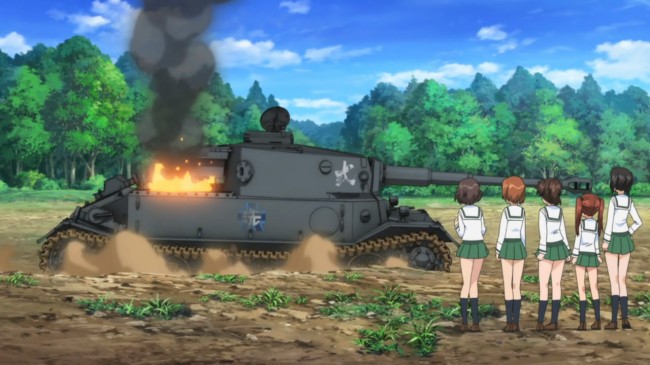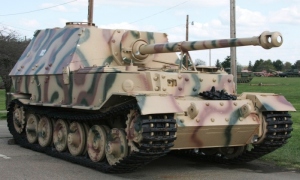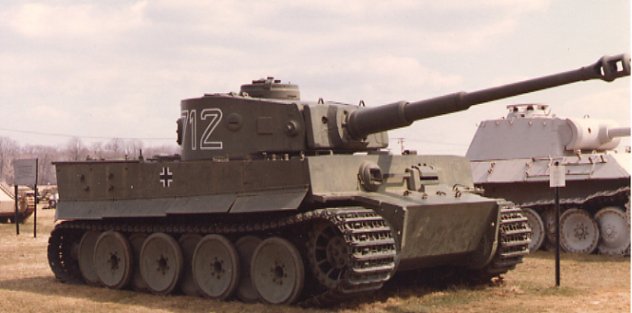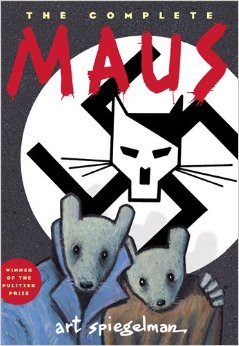Hey, Keps. You’ve slacked for like two weeks.
What?! Only one week.
For the love of all that is historic, don’t count that beach episode as a real issue. Everyone knows the beach episode is to appeal to the fanboys.
For real? Low blow. I had trenches. (Okay, so that was for my strange version of fanboy.)
Sure. Whatever. What’s today’s issue? The Italian Renaissance? The Warring States period in China? French architecture? Heck, maybe something obscure like a scandal during the Taft administration?
Well, the Renaissance is nice, and I’ll definitely look into that Taft thing (or some other obscure presidency)… no guarantee there even is a scandal, though. I was thinking something different.
Like the Panzers?
No. However, you know how Europe has a rich history…
Yeah…
Well, hearkening to that which is obscure, I was thinking Poland…
Well, that’s a pretty unheard history. When?
Oh, you know. World War II.
I hate you.
And now we return to our scheduled programming. Welcome back to History With Snark, now with 75% more history and 10% more snark (or horrid one-liners)!
I mentioned, way back in the first issue or so, that Poland had things bad. I had said in that issue: “Poland had expected such an invasion and withdrew (most of) its troops from the border, choosing instead to concentrate their forces on defending inner Poland.” This is about those small people who did not withdraw.
The Battle of Wizna is known, at least to the Poles, as the “Polish Thermopylae,” referring to the legendary Battle of Thermopylae where a force of Spartans fought the greater army of Persians and all died. Just like the movie 300 except historically accurate, because it was history. Much like Thermopylae, a lot of them died. In fact, only 70 out of the 720 defenders (the low estimate is 350) initially survived against the 42,000+ German onslaught. The remainder either escaped to friendly lines or were captured — which still spelled death for some of them. So what happened? They were not slaughtered like cattle, or I would not be telling you this today.
The area around the city of Wizna was highly fortified, meant to prevent the crossings of the strategic rivers of Narew and Bierbza and buffer southern Polish positions. Though sixty bunkers were planned, only sixteen managed to be completed before the invasion, though these sixteen were no small affairs. 1.5-meter-thick concrete reinforced with 20-centimeter steel was the standard for the bunkers (with heavier bunkers under construction when the invasion began), leaving them immune to even the heaviest German firepower. Each bunker was armed with anti-tank guns and machine guns, with the exception of two bunkers armed solely with machine guns. The bunkers were built into hills beside the swamp that was the Narew river valley. The only paths to attack the bunkers were from a causeway from Wizna or straight into the swamp, being pelted by artillery and machine gun fire the whole way. Trenches, barbed wire, land mines, and anti-tank obstructions made the situation even harder for the Axis forces.
These defenses were put to the test on 7 September 1939, a week after the initial invasion of Poland. By this point, Poland really preferred that these meager forces pull back and form a stronger defense in inner Poland, and pulled out the cavalry brigade in the area. Captain Władysław Raginis did not get that message. He therefore remained faithful to his original orders: defend Poland at any cost. On the seventh, the Germans dropped propaganda leaflets claiming that they had captured most of Poland, suggesting the Poles surrender while they still could. To raise morale, Captain Raginis swore that he would not leave his post alive until the Germans had been repelled. The Germans proceeded to easily capture Wizna (the light reconnaissance force stationed there put up a small fight), though the retreating Poles destroyed the bridge to the bunkers.
Though attacked from three sides, the northern-most bunkers held against the German advance with heavy Axis casualties. These fortifications eventually folded under heavy artillery barrage and given orders from above to retreat. The southern-most bunkers, meanwhile, found themselves at a stalemate. The Germans could not advance over the marshy terrain without being cut down by machine guns, but the Polish guns were unable to penetrate the German Panzers. This forced the infantry in the trenches to hide in the bunkers later on the evening of the seventh, still holding back the insurmountable German Blitzkrieg. (Please applaud me; I’ve managed to fit the content of the three prior issues into one paragraph.)
As the war across Poland continued on September 8th, their remaining forces were all recalled to Warsaw, stranding the bunkers at Wizna. Now without even the smallest hope for reinforcements, Raginis and his men continued to stave off the Germans. Even at night, German assault was repelled. Finally on September 10th, the combined forces of the German engineering corps, tanks, and artillery did away with all but two bunkers. Both continued fighting despite having suffered almost total casualties from injury/death (even Captain Raginis was heavily wounded) and having lost most of their machine guns.
General Heinz Guderian (head of the Panzer divisions and one of the authors of the Blitzkrieg) finally grew sick of losing to a couple of inexperienced soldiers hiding in concrete rooms, and threatened to execute his Polish POWs if they did not stop resistance. Raginis found the threat useless and continued fighting for another hour, at which point the Germans, under white flag, proposed a truce. It lasted until 1:30 PM, at which point Raginis came upon a realization:
- His troops were practically dead and in normal circumstances would have surrendered multiple times by now.
- He was completely out of ammunition.
Captain Raginis ordered his men to surrender themselves, then kept to his word and refused to surrender the bunker, committing suicide by throwing himself over a grenade.
Guderian estimated 900 Germans were killed in assaulting Raginis’ bunkers, though this is considered an underestimate by historians. It is known as fact that his bunkers were responsible for the destruction of ten tanks (remember how I said earlier their anti-tank guns couldn’t penetrate Panzers? That is still true).
Raginis is known to Poland as their modern Leonidas. His original grave was a simple war grave next to his command bunker, where the Germans planted a tree. When the Red Army came upon Raginis and learned of this, they exhumed the body and moved it to a crossroads in Wizna, where an obelisk now stands. The bunker remains a memorial site with a symbolic grave for Raginis, with an inscription that reads: “Passerby, tell the Homeland that we fought to the end, fulfilling our duty,” echoing the Spartan memorial at Thermopylae. A list exists of translations for the Thermopylae epitaph, and the one that I feel echoes that of Wizna is this:
Go tell the Spartans, you who read:
We took their orders, and lie here dead.
I love your fighting spirit in the face of everything, Poland.
(But hey, extra reading! This is a theme, guys.)
- It should be noted that almost every single soldier defending Wizna was a conscript. That’s right, drafted. Despite being forced to fight an army that was fifty-eight times larger than them… they had the highest of morale and fought until their commanding officer commanded them to lay down arms. When said officer committed suicide to save them.
- Also, here is the final line-up of the battle, in terms of men and materiel:
Poland: 720 men, 12 bunkers, 6 pieces of artillery (76mm), 24 heavy machine guns, 18 machine guns [I assume a medium MG that is portable as opposed to a massive affair], and two Kb ppanc wz.35 anti-tank rifles.
Germany: 42,000 men, 350 tanks, 108 howitzers, 58 pieces of artillery, 195 anti-tank guns, 108 mortars, 188 grenade launchers, 288 heavy machine guns and 689 machine guns.
Poland had no business lasting three days straight.

